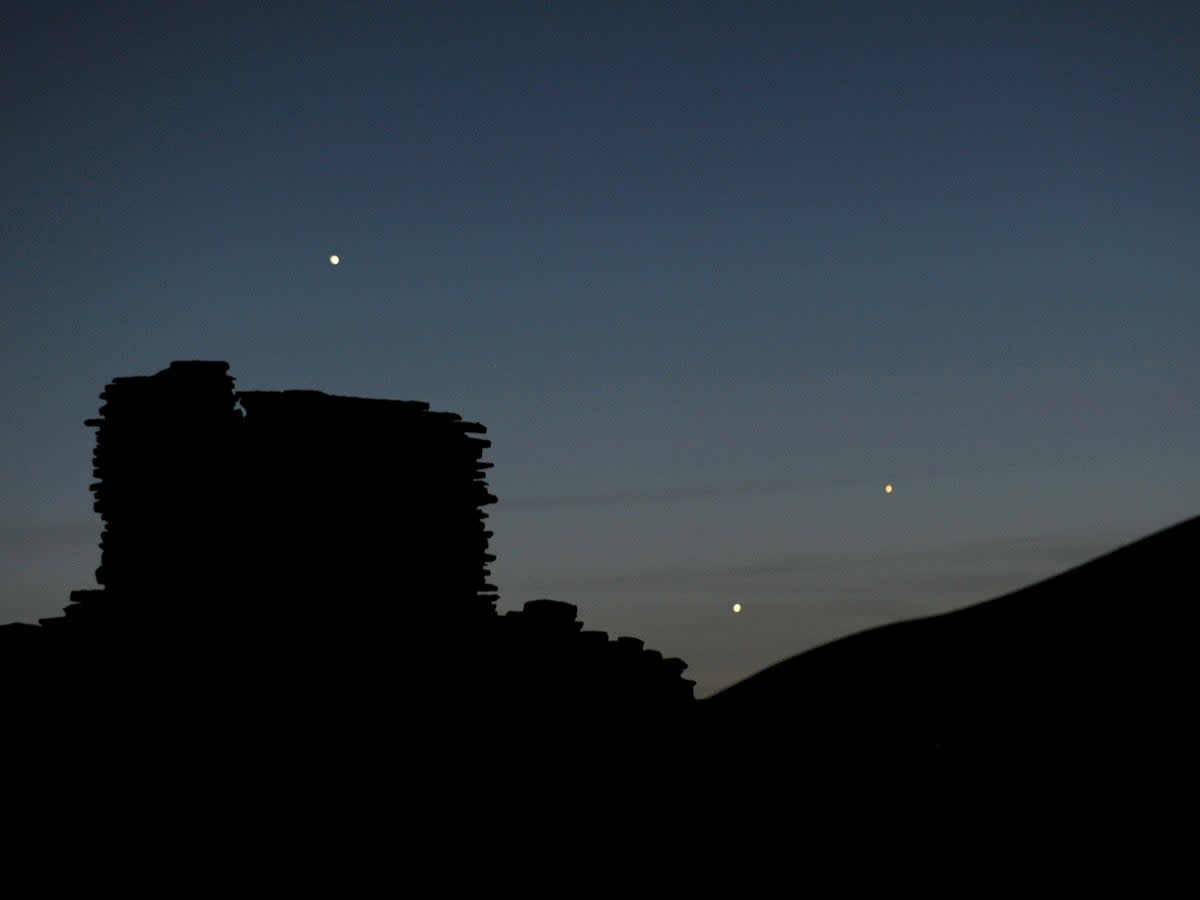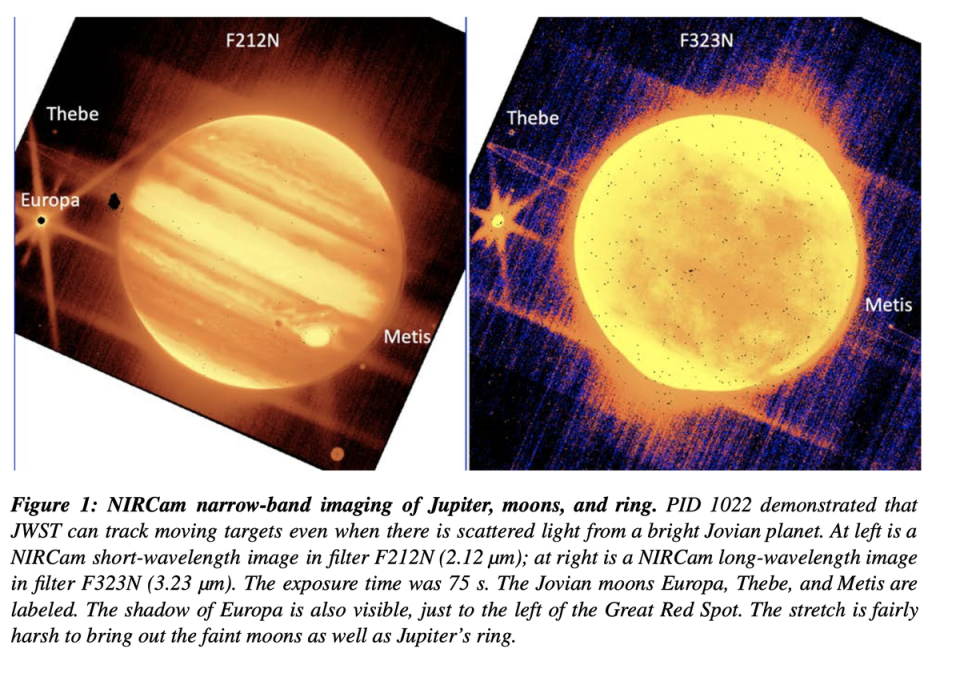Nasa secretly releases surprise images of our solar system, showing Jupiter from James Webb Space Telescope

Nasa secretly leaked two surprising new pictures of our own solar system.
The new pictures were taken by the James Webb Space Telescope, Nasa’s new flagship equipment that could allow us to peer back into the beginnings of the universe and could help locate alien life.
This week, Nasa revealed the first images sent back from that telescope. Photos showed vast cliffs and nebulae, with Nasa stressing how the telescope allowed it to see stars and dust that would never have been visible before.
But at the same time, a team appears to have revealed the first images that the telescope has taken of objects in our own solar system.
While they are not quite as spectacular as those first images to be released, they could be equally important for scientists who want to use the telescope to better understand distant worlds.
The two images show Jupiter, and were taken by the Near-Infrared Camera, or NIRCam, equipment on the James Webb Space Telescope. Scientists say they demonstrate that it is able to photograph details like the moons and rings of planets like Jupiter – and there are thought to be many of those spread throughout the universe.
“Observing a bright planet and its satellites and rings was expected to be challenging, due to scattered light that may affect the science instrument employed, but also the fine guidance sensor must track guide stars near the bright planet,” the authors write. But the testing showed that challengespossible.
It also suggests that the telescope will be useful for work in our own solar system, such as tracking near-Earth objects and comets as they fly through our cosmic neighbourhood. Engineers took images of nine different targets to test that capability, and Jupiter was the slowest-moving of them.

The images are not officially released, but were instead included in a Nasa document that detailed how well the telescope was operating for scientists so far. The document concludes that the telescope has exceeded the already high expectations that researchers had had for it.
The telescope enters its first cycle “having demonstrated that the observatory exceeds its demanding pre-launch performance expectations”, the authors write. “With revolutionary capabilities, JWST has begun the first of many years of scientific discovery.”

